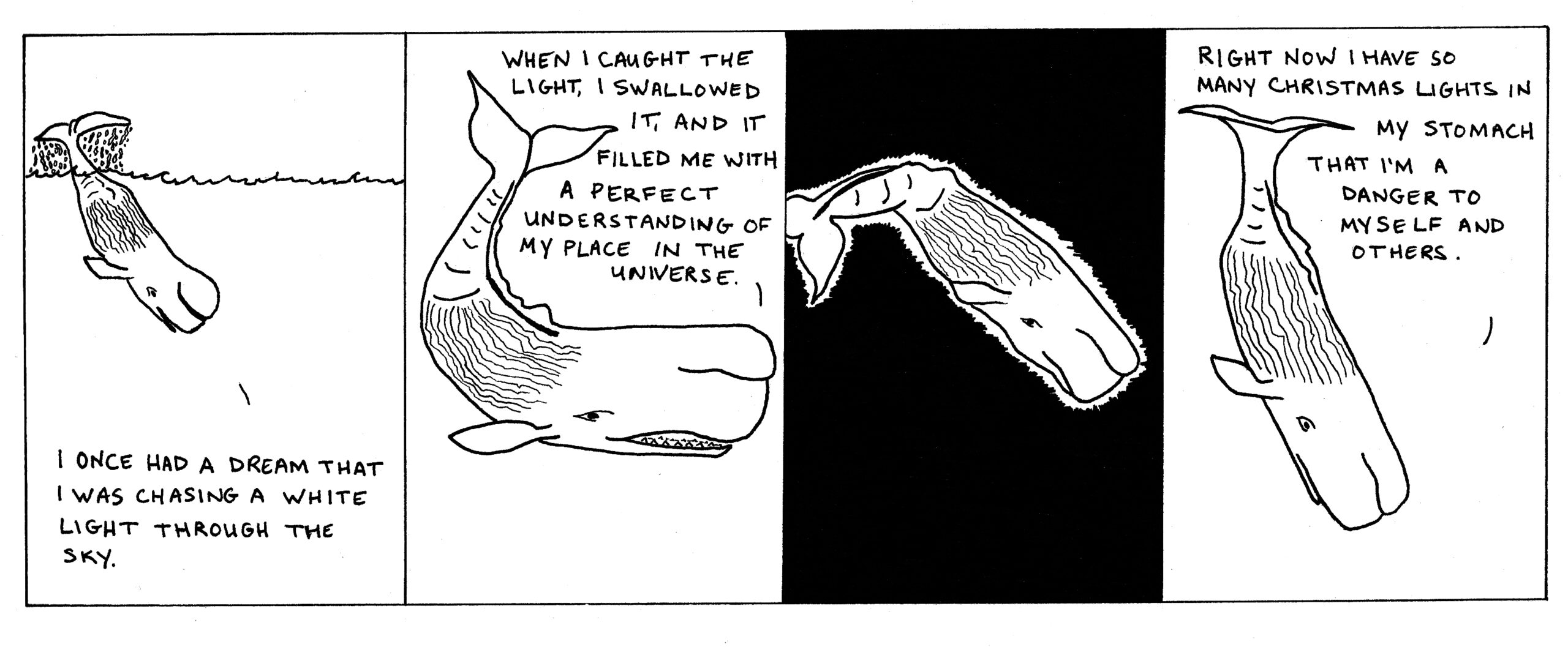One of the moments in literature that endures most in my mind is the contemplation, in Moby Dick, of the whiteness of the whale. Granted, what lingers most are not the actual words from the chapter, but the impressions they left on my mind: whiteness moving from flash and tint to emblem, and then to something which burns to look upon. Something which leaves an indelible mark.
I read that chapter – and most of Moby Dick – in a small town in Eastern Washington called Soap Lake. It’s not a body of water that could hold a whale, or support any form of life for long except the small red amoebic bodies that squirm almost unseen throughout it. Soap Lake is a town that’s had its own dangerous obsessions: world’s largest lava lamp, anyone? But it’s also a town where I checked out all the Nancy Drew books from the miniscule library when I was ten; where I befriended feral cats and captured dusty grasshoppers.
It’s a quiet place, and so a good place to read deeply.
Yesterday I saw about thirty minutes from the documentary film Rivers and Tides, which follows artist Andy Goldsworthy and the work he does “with time” – which is to say, with earth and stone and ocean water and the effect these each have on one another and the mind.
Goldsworthy said one very remarkable thing in the minutes that I watched. He was trying to build a sculpture out of flat, flaky beach rocks before the tide rose to where he was standing. Twice that we saw (and I believe four times overall) he had achieved a low bowl when the structure collapsed under the weight of a new stone, spilling outward onto itself. Goldsworthy ran his hands through his hair and explained that each time he rebuilt the structure he understood the stone a little bit better. (Now I paraphrase him:) “That is what my work is about in some sense: understanding the stone.” He paused. “I guess I don’t understand it well enough yet.”
Understanding the whiteness, the stone, the work you are doing: equally challenging tasks to all?
(Or, small quailing voice, just to me?)
